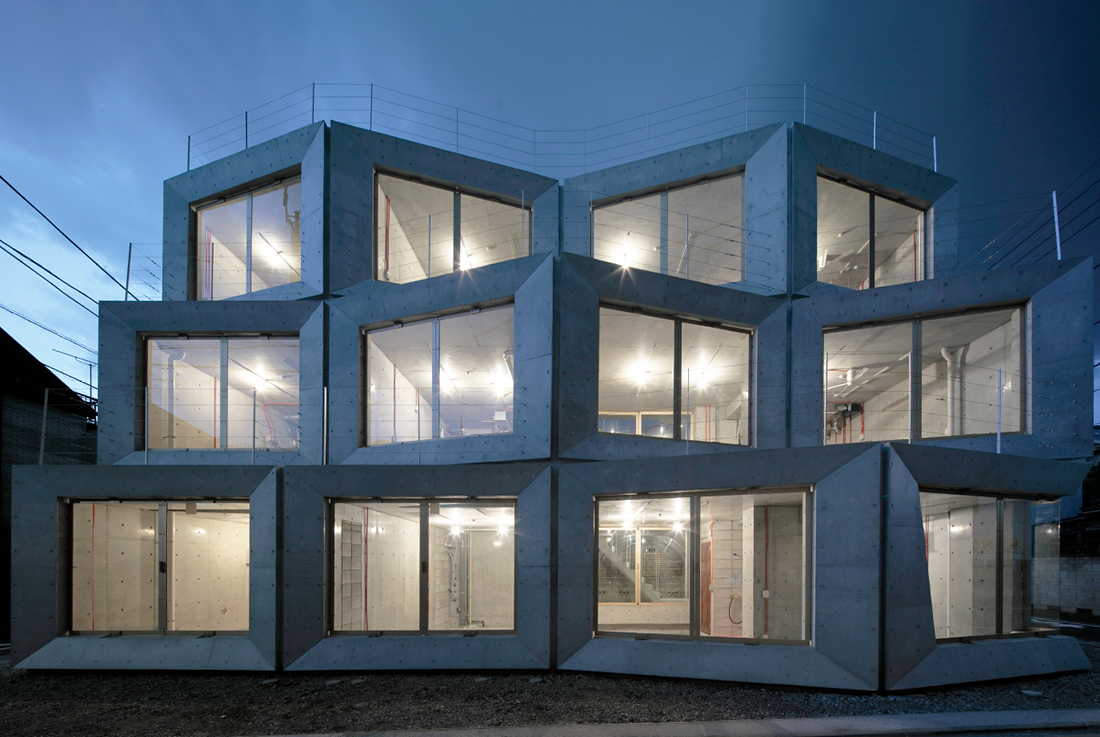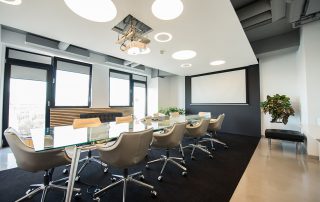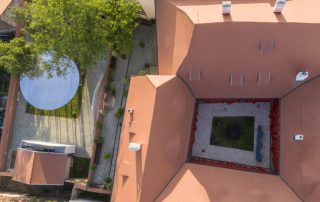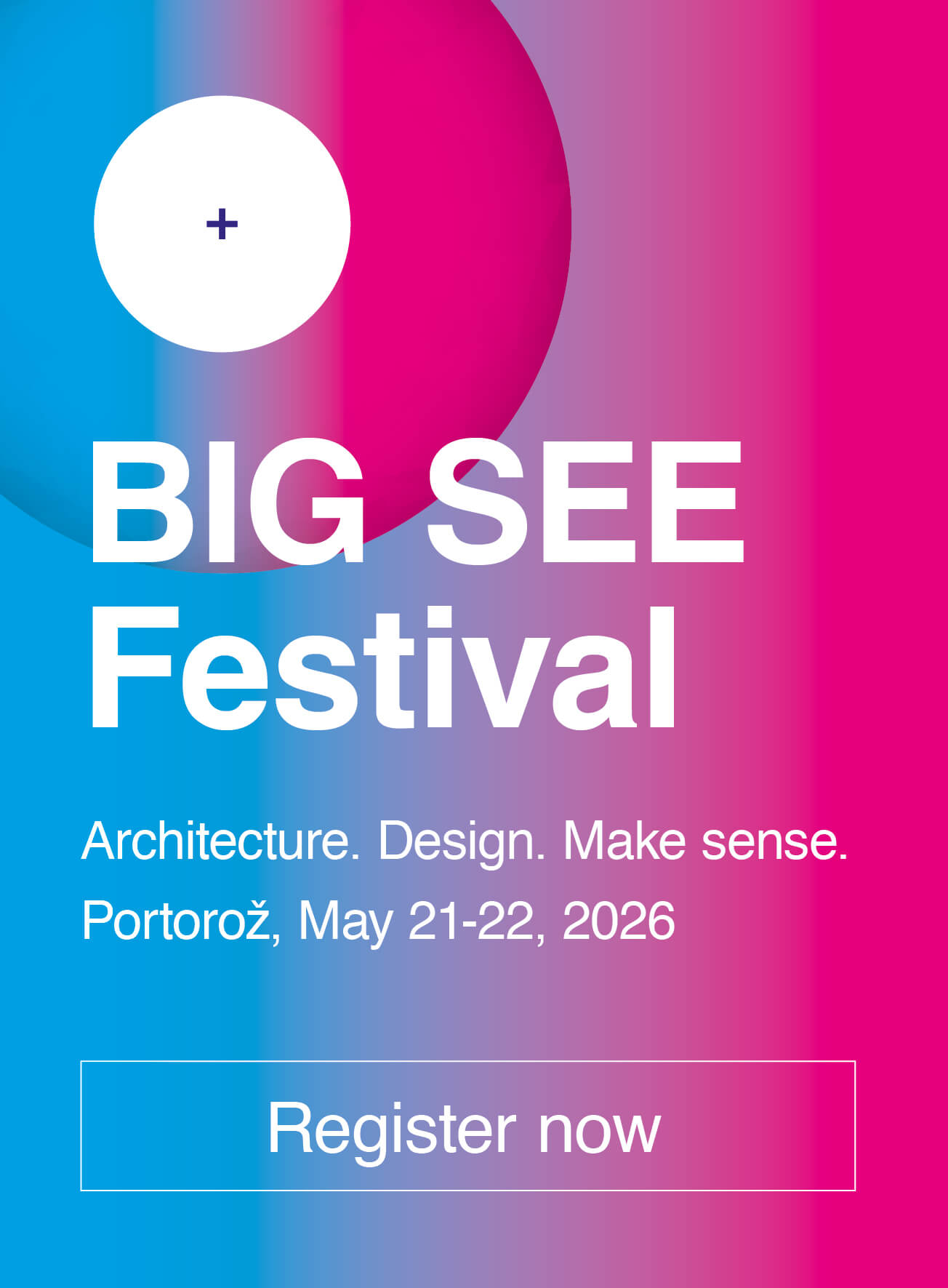The House of Quartz is a crystallized manifestation of living energy in architectural form. It absorbs, reflects, and amplifies the phenomena of life at any given moment, channeling the enhancement of their vivid frequencies. Solid and porous at the same time, the structure acts like a skeletal framework, supporting and nourishing all forms of life.
In other words, the building considers all of its spaces to be anti-gravity, disrupting traditional building typology. The result is unbounded space, free from the constraints of modern categorization. This low-tech, mixed-use building allows for flexible unit configurations, unbound by the conventional divisions of life, work, and play.
The design’s defining feature is its 360-degree rotating windows, which function as dynamic lenses, engaging with the immediate environment. These windows frame not only the world outside but also reflect inward, fostering an introspective dialogue between the observer and their inner being. This synthesis of form and experience redefines architecture as a living entity, harmonizing human existence with the rhythms of the world.
Traditional typologies and zoning in urban architecture scarcely capture the dynamic nature of everyday life. COVID-19 highlighted this shift: working from home, dining in, and the disruption of established urban space functions. The question then arises: does today’s urban architecture still need strict boundaries between different uses and functions?
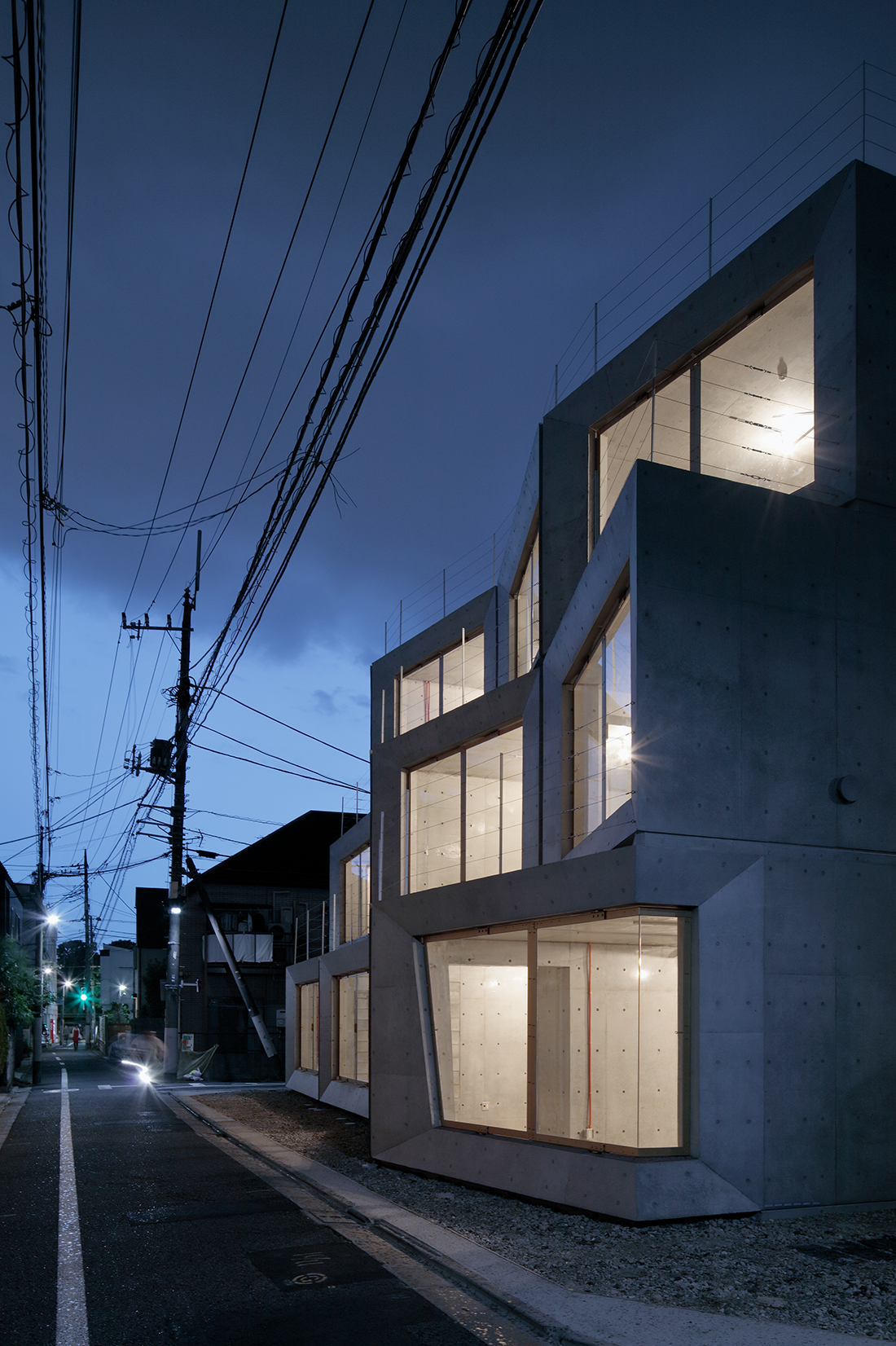
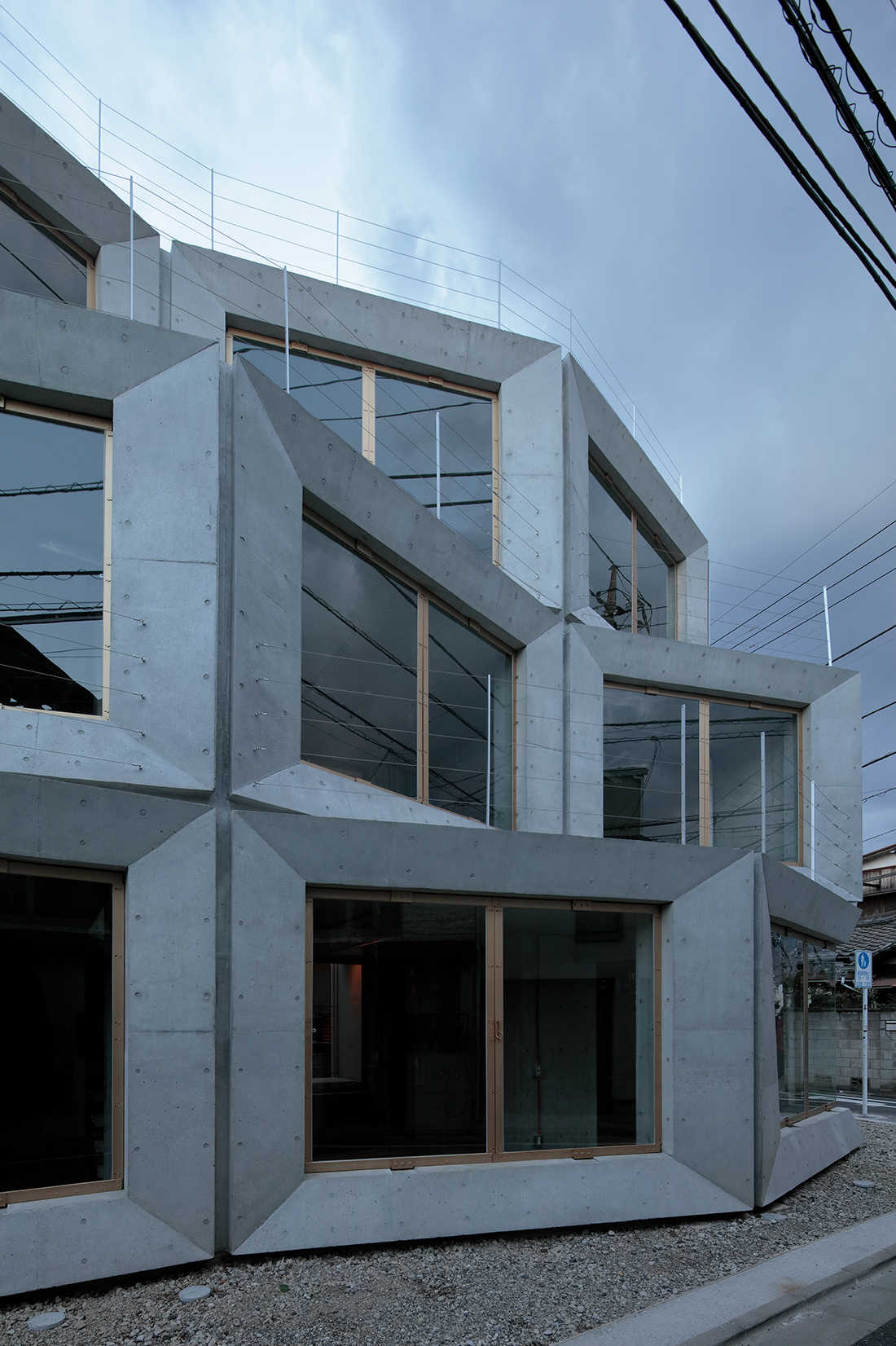
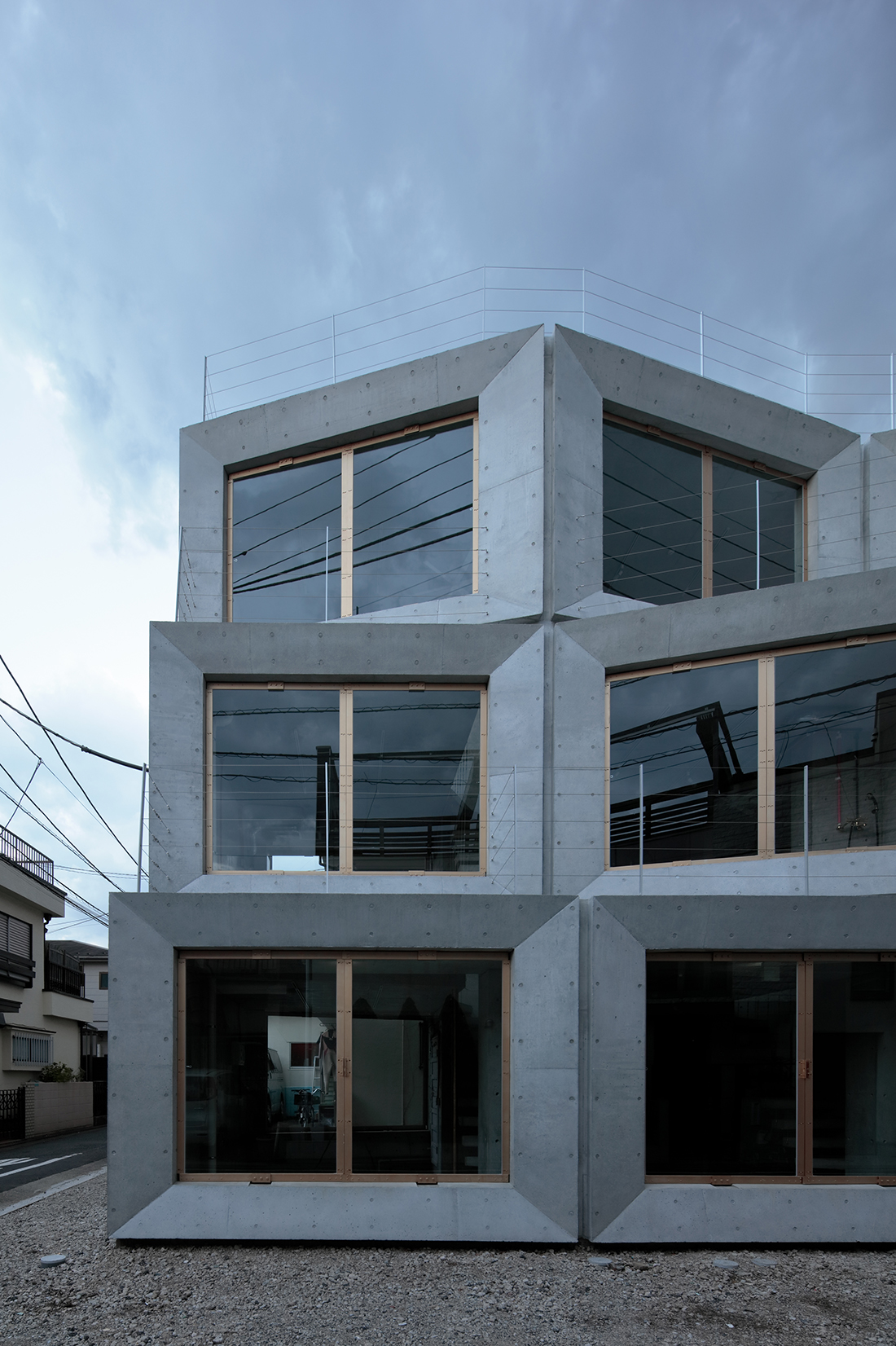
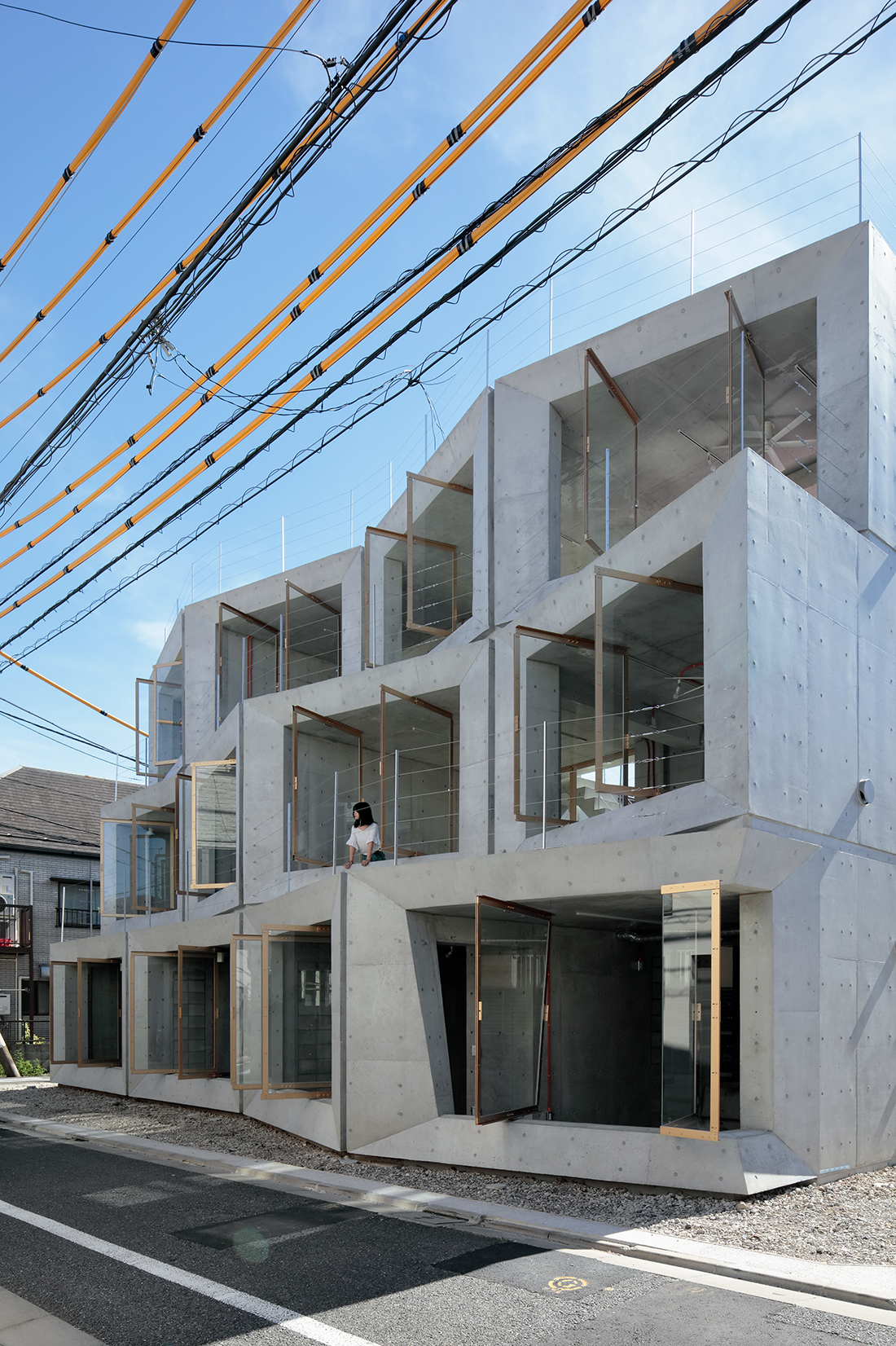
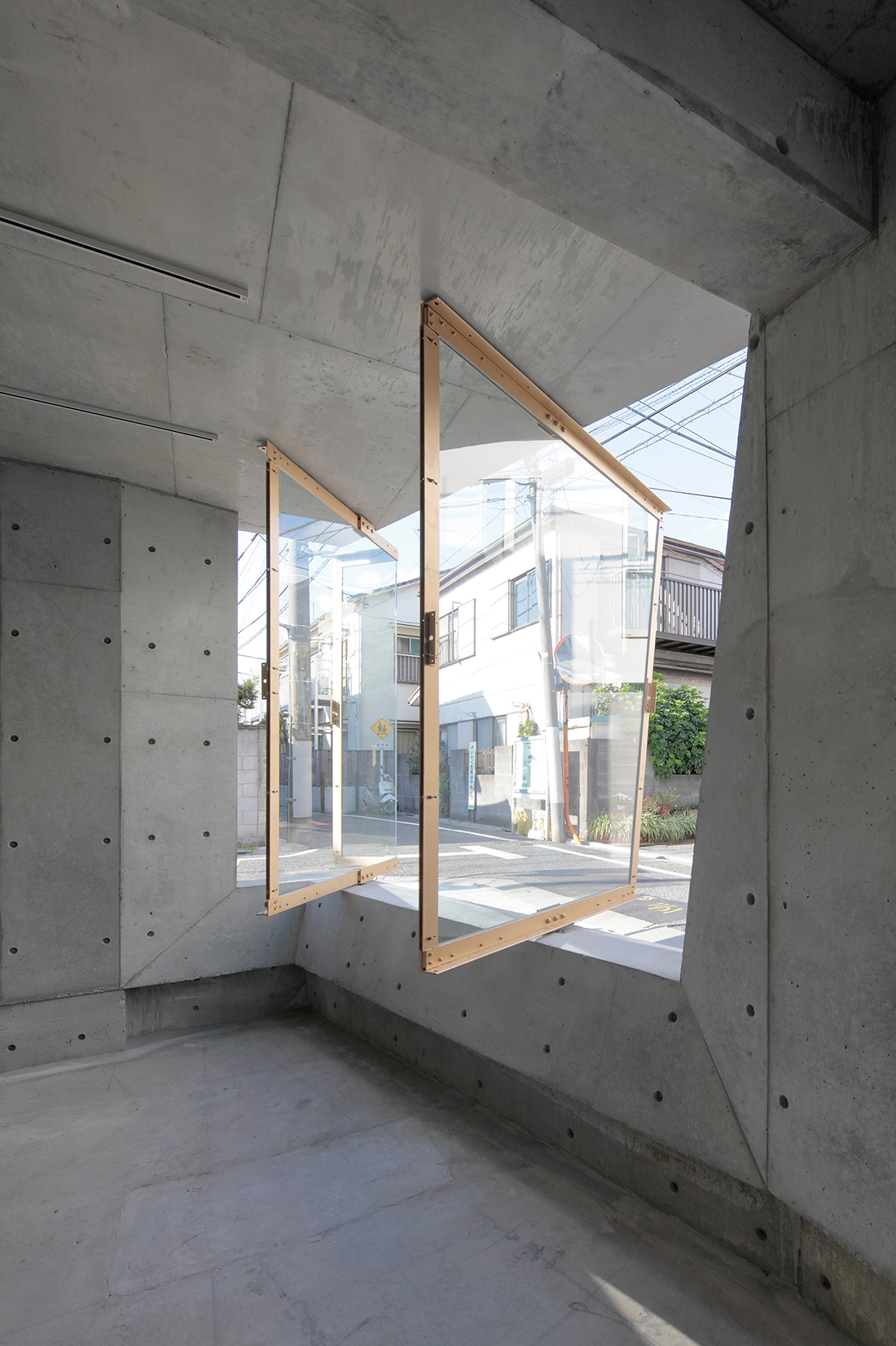
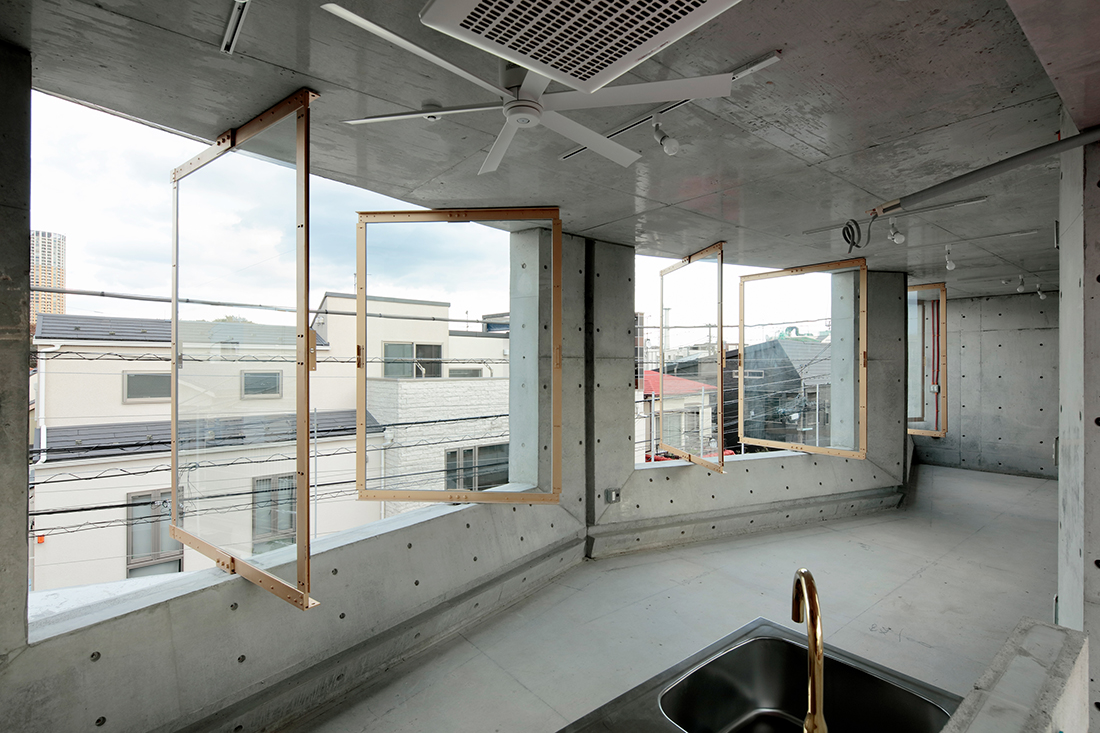
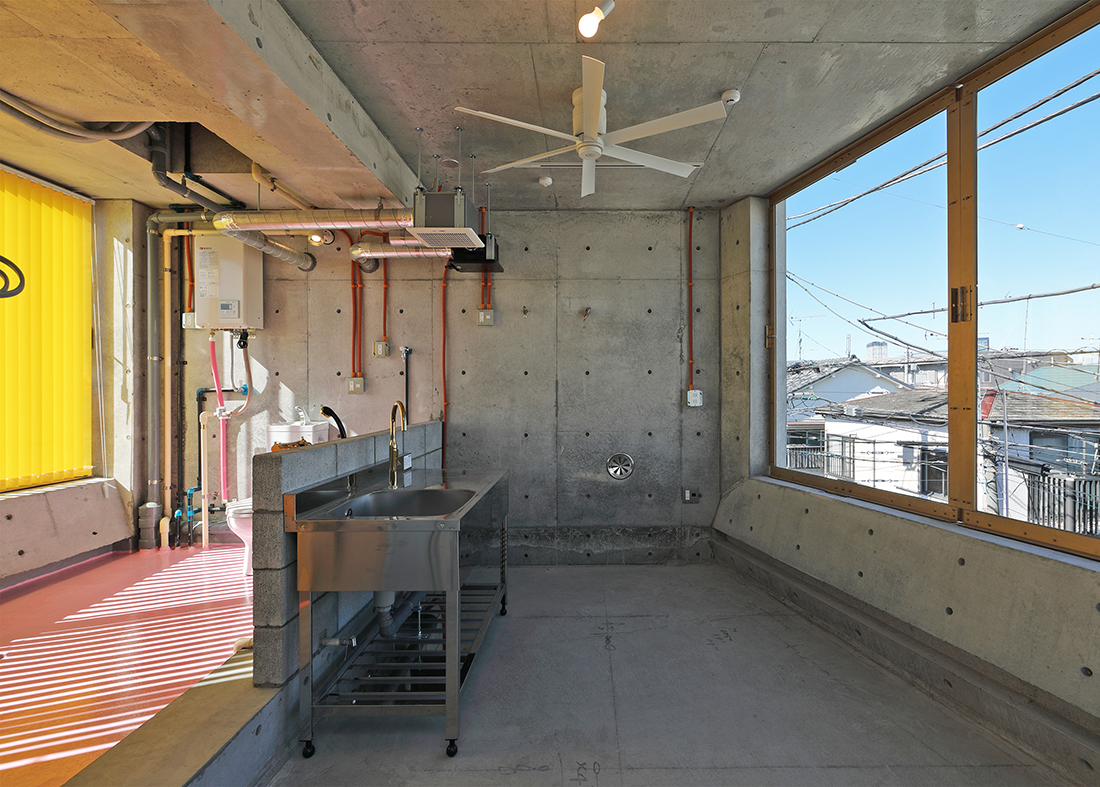
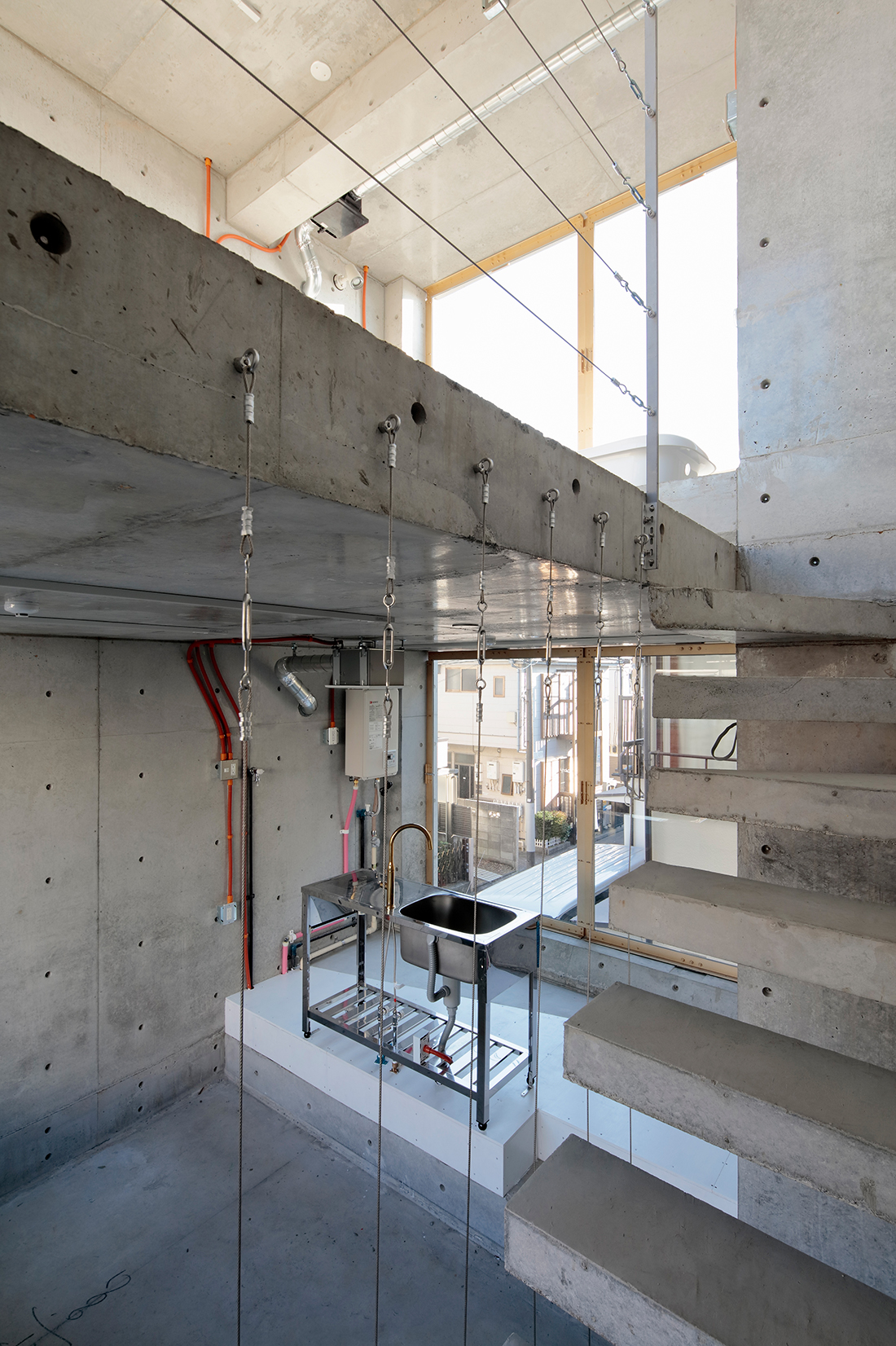
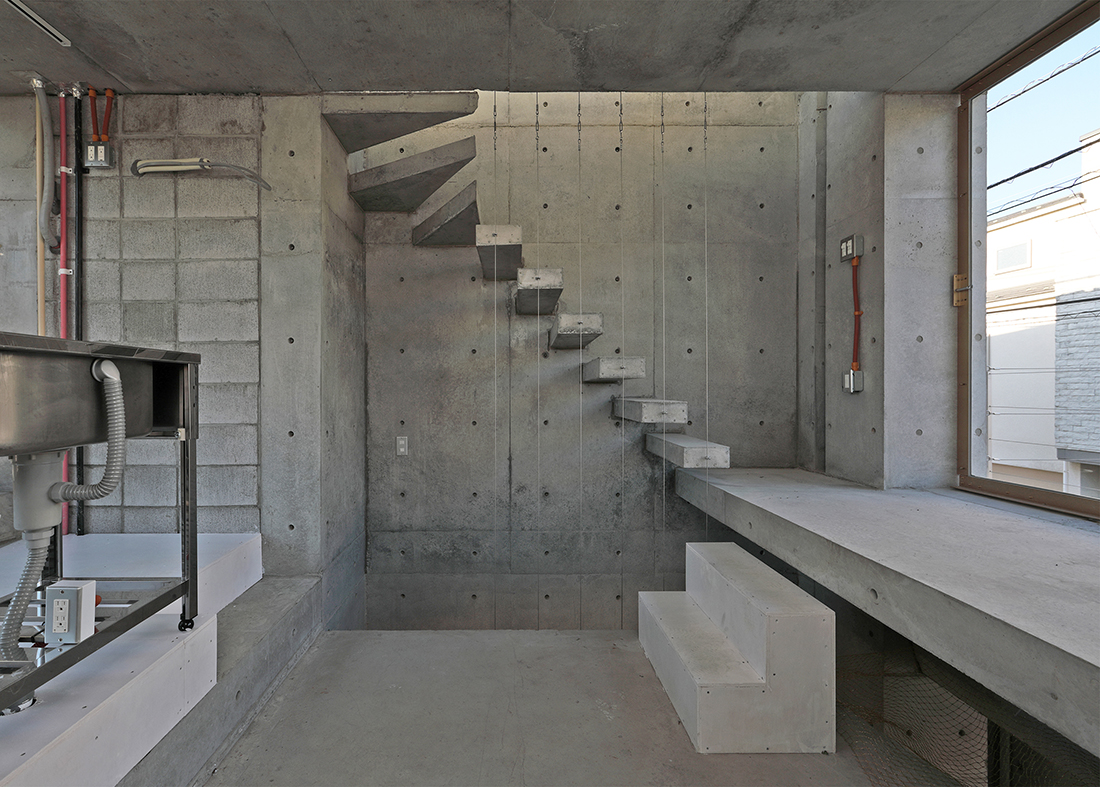
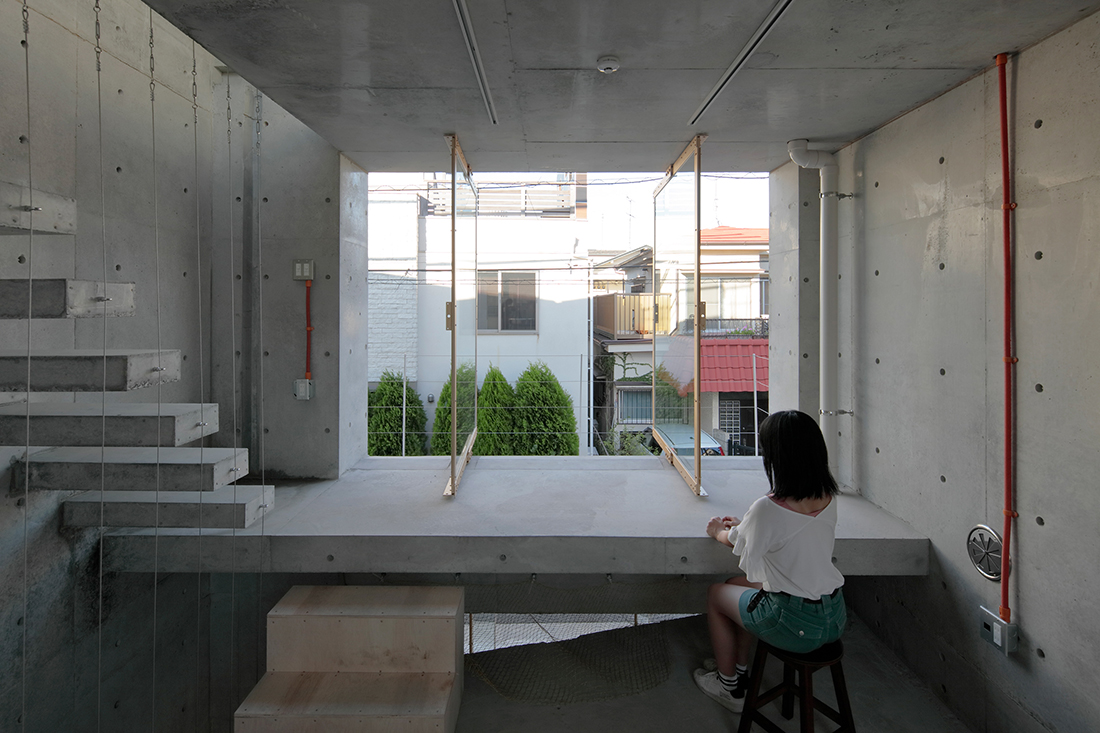
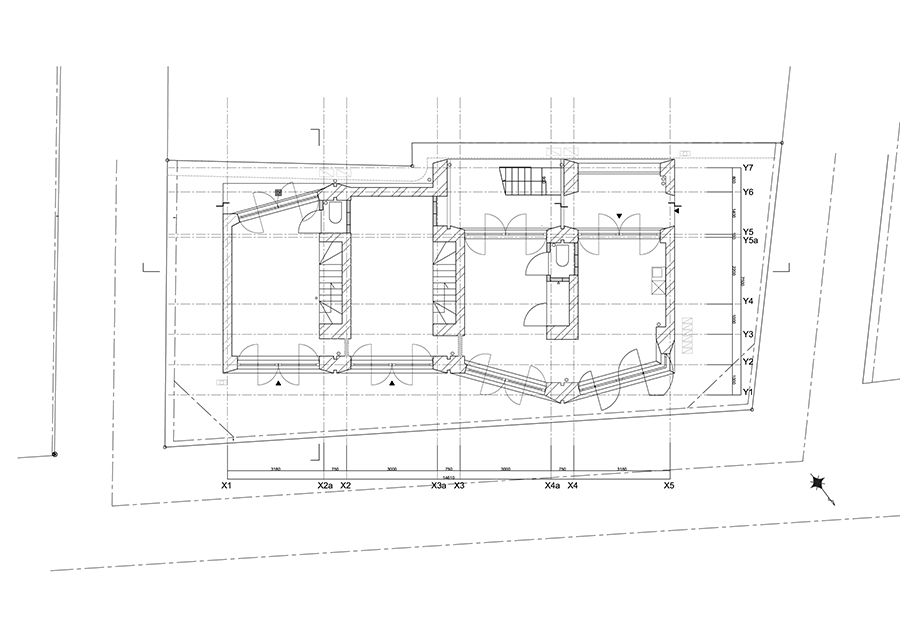
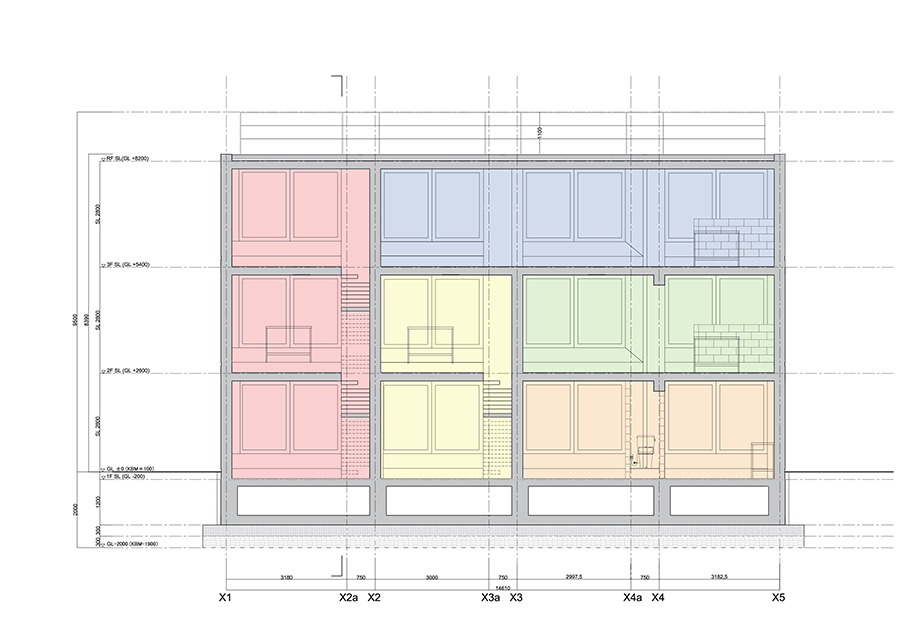
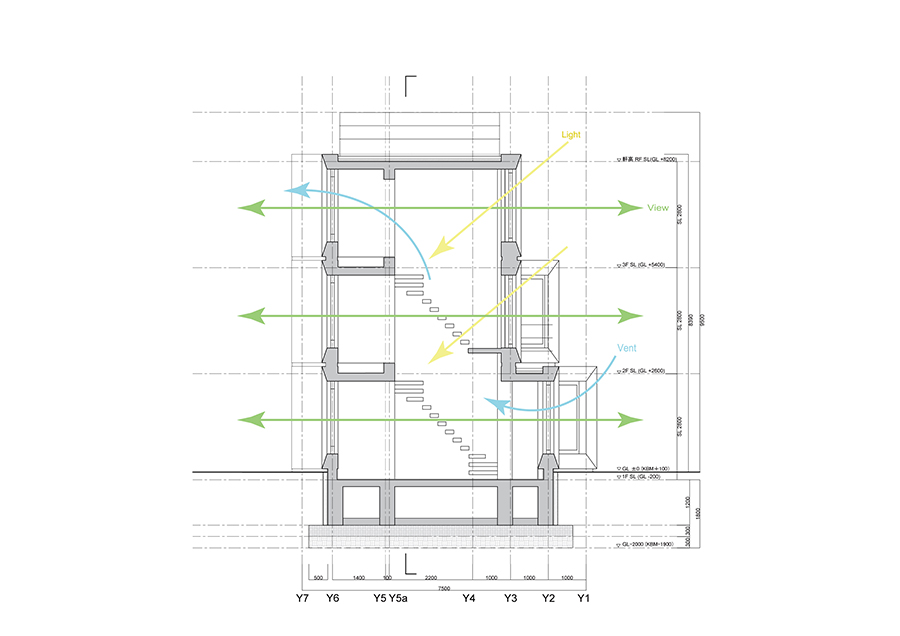

Credits
Architecture
Archisan; Tomohisa Miyauchi
Client
Private
Year of completion
2019
Location
Meguro, Tokyo, Japan
Total area
240,38 m2
Site area
173,22 m2
Photos
Koichi Torimura
Project Partners
Structural engineer: Takeshi Suzuki
Main contractor: Aoki Koumuten


